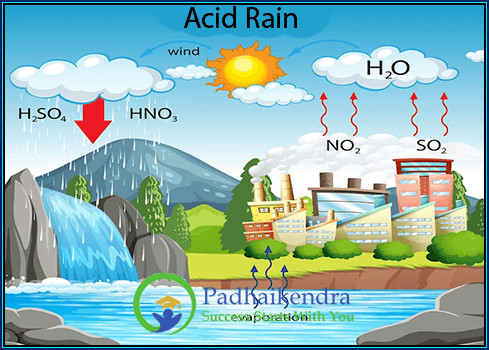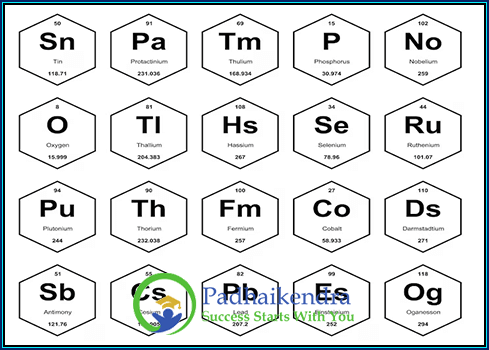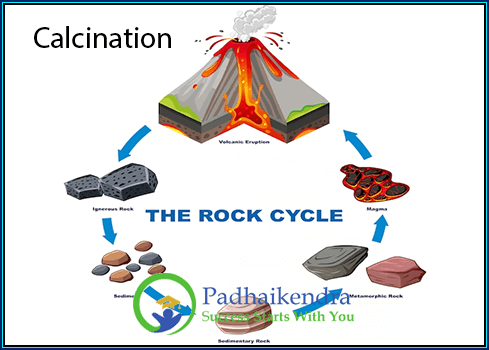Vulcanization of rubber is a process used to improve the properties of the rubber by chemically cross-linking the polymer chains. The process was invented by Charles Goodyear in the 19th century, and it revolutionized the rubber industry by making it possible to produce rubber products with improved strength, durability, and elasticity. The process was named after the Roman god of fire, Vulcan, due to the use of heat in the process.
Need of Vulcanization
Prior to vulcanization, natural rubber was prone to becoming sticky in hot weather and brittle in cold weather, limiting its usefulness. By subjecting rubber to vulcanization, its physical properties could be dramatically improved, making it more durable, elastic, and resistant to heat, cold, and chemicals.
By subjecting rubber to vulcanization, its physical properties could be dramatically improved, making it more durable, elastic, and resistant to heat, cold, and chemicals.
Process of Vulcanization
 The process of vulcanization involves heating raw rubber with sulfur and other additives under pressure. The heat and pressure cause the sulfur to react with the rubber, forming cross-links between the polymer chains and creating a three-dimensional network structure. These cross-links make the rubber more elastic and resistant to heat, abrasion, and chemicals.
The process of vulcanization involves heating raw rubber with sulfur and other additives under pressure. The heat and pressure cause the sulfur to react with the rubber, forming cross-links between the polymer chains and creating a three-dimensional network structure. These cross-links make the rubber more elastic and resistant to heat, abrasion, and chemicals.
The exact conditions of the vulcanization process can be varied depending on the specific properties desired in the final product. For example, the temperature, pressure, and duration of the vulcanization process can be adjusted to produce rubber products with different levels of hardness, elasticity, and chemical resistance.
In addition to sulfur, other additives can be used in the vulcanization process to achieve specific properties in the rubber, such as accelerators, which speed up the vulcanization process, and activators, which improve the efficiency of the sulfur cross-linking.
Applications of Vulcanization
The process allows for the production of rubber products that are stronger, more durable, and more resistant to wear and tear, making them suitable for a wide range of industrial and consumer applications.
Vulcanization has widespread applications in industries such as automotive, aerospace, construction, and manufacturing. It is used to produce various rubber products, including tires, hoses, seals, gaskets, conveyor belts, shoe soles, and many other rubber components.
“Know About the History of Natural Rubber?”





